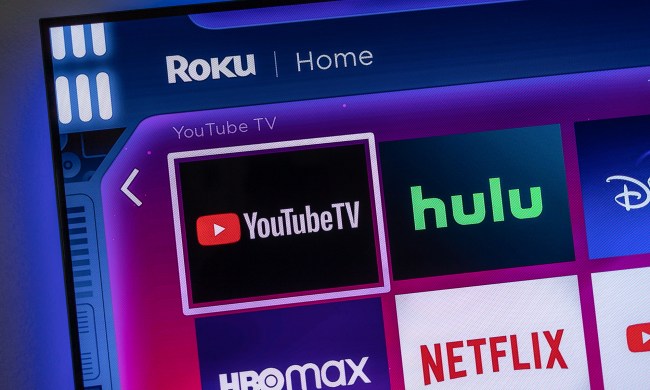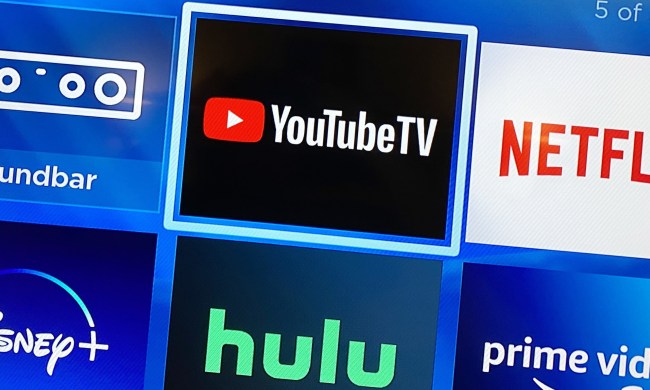This was originally going to be a rant about how streaming TV is now worse than cable, but as I crawled deeper into the rabbit hole, I realized that not only is streaming TV starting to look just like cable did in the 1990s, but the so-called Golden Age of Television that we’ve been enjoying is a bubble that’s about to burst.
But maybe that’s not entirely bad. Stick with me.
If you grew up watching TV in the pre-streaming era, you’ve probably gotten increasingly frustrated over the past few years as everything that was cool about streaming TV has slowly eroded. It’s to the point now that we either pay more for
But I’m not here to point out what you already know. Instead, I want to talk about the inevitable collapse of this Golden Age of TV that we’ve been enjoying for the past few years. The landscape of really high-quality shows, on-demand, ready and waiting for us anytime we turn on our TV, is going to look a whole lot different soon. I’m going to explain how and why. And then I’ll get into why maybe it isn’t all bad. Let’s get into it.
The bubble is going to burst
When I talk about a a bubble bursting, I’m recalling the collapse of the real estate market in 2008. The story of how we got to where we are today is important, and I’m about to dive into that. But before I do, let me tell you how I got here … as in here, writing this article.
Three things happened over the past few weeks that got under my skin. First, Amazon instituted an upcharge for ad-free streaming. At least we had a few months’ notice. But without saying anything, Amazon also stripped away once-free perks like Dolby Vision and Dolby Atmos surround. Now, if you want ad-free Prime Video and high-quality

I’m a little bothered at yet another upcharge. But to be fair, everyone else is doing it, so I’m not shocked Amazon is, too. It’s just that I really feel like ad-free Amazon Prime Video was a nice value add to the two-day free shipping I get on all the stuff I end up buying.
More recently, Walmart bought Vizio for $2.3 billion. I have a whole article about what that means, but the news boils down to the fact that Vizio TVs are going to have tons of ads on them. You’ll open up your home screen to find Netflix or YouTube and an ad for a deal on tires at the Walmart auto center waiting for you. Lovely.
As if I needed something else to be annoyed by, I recently turned on my

Individually, those three occurrences were annoyances. But taken together, they call attention to how streaming TV has somehow become worse than cable. It’s expensive to start with, and now that subscription prices have gone up, premium features like
Which got me thinking about how we got here. Here’s a little streaming TV history for you.
How we got here
It all started with YouTube and its first big online hit: SNL’s Lazy Sunday short. From there, streaming video took off like a rocket. And that caught the attention of entrepreneurial visionaries and well-established mega-media conglomerates alike.
After failing three times to persuade Blockbuster to partner with Netflix, Reed Hastings (co-founder of Netflix) launched Netflix’s streaming service in 2007. Around the same time, Comcast, Myspace,
So now we have Netflix doing movies,
Coincidentally, it was in 2008 that I began my career in tech journalism. As streaming TV grew, I, with the support of Digital Trends, made covering streaming video developments a core part of my job. And that’s when cord-cutting became a part of our lexicon.
The cord-cutting revolution
If you’re, say, 25 years old or younger, you might have missed the whole cord-cutting revolution. My 16-year-old daughter, for example, doesn’t know a world without streaming TV. But for many of us, cord-cutting was exciting.
Cord-cutting represented a lot of things. It was about sticking it to the man, spending less money, and freedom. The freedom to watch what you wanted, when you wanted, and without ads. It was TV on your terms.
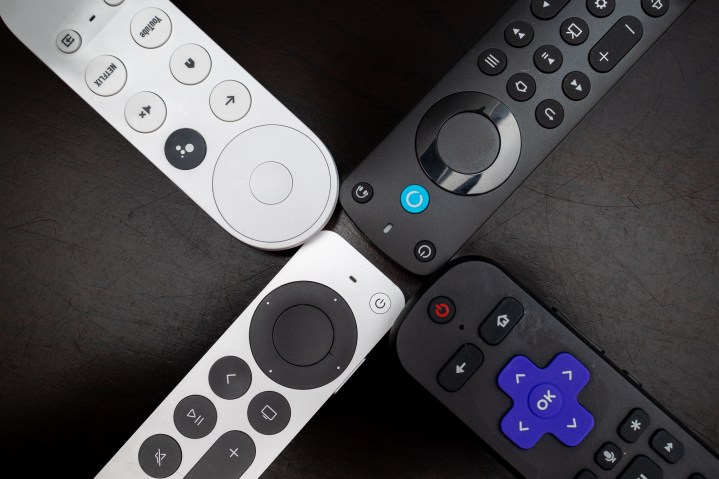
For a while, subscription fees were enough to float streaming service boats. But as more people fled from linear TV to
Once
When
Not to be outdone,

Most of us know where it went from there. Subscription prices started creeping up. Ad-supported and ad-free tiers were created. Certain features were withheld as “premiums” you had to pay for, like
Safe to say, the cord-cutters dream is over, and has been for a while.
All the while, the platforms we used to access these
This brings us to where we are today. When we turn on our TVs, we see platform-specific retail ads. Amazon is marketing Amazon stuff, and Walmart is marketing Walmart stuff.
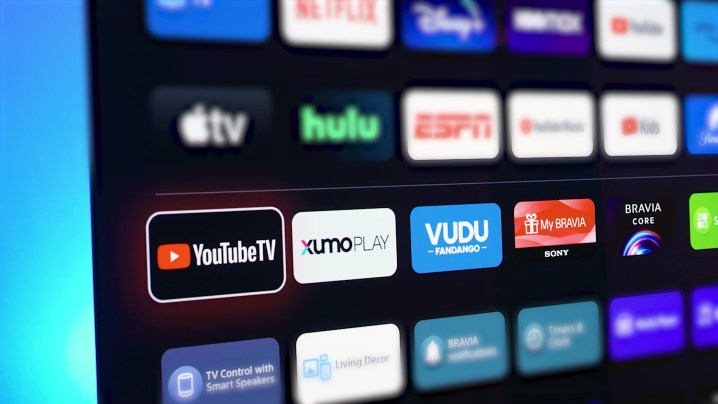
There are now “free” ad-supported tiers on every major streaming service. Some services are nothing but free TV with lots of conventional ads. Live streaming TV, like YouTube TV, is just as expensive as cable.
And don’t get me started on bundles. The great “unbundler” that streaming was supposed to be ended up as the worst bundler of them all. It’s enough to drive you back to cable or satellite – almost. Cable boxes don’t have their own ads. But they will soon. And besides, a lot of the content we want to watch is original content you can’t get on cable. This leads us nicely into the part of the story where we look at where things are headed.
What’s next for streaming TV
As I mentioned, we are just months away from seeing ads on cable and satellite box platforms. It seems inevitable. Hell, it’s been a while since I had cable, so for all I know, those ads have already started to show up.
Next, we can expect to see more cable-like fees coming to

I think we can expect to see more of what used to be standard features becoming paid features or add-ons. Maybe a limit on the number of hours you can stream in a day or month. Maybe bingeing a whole season costs extra.
Why more money-grabbing? Because despite all the rate hikes we’ve seen and the ad revenue coming in, it’s still not enough.
I fear they still aren’t making enough money to sustain themselves.
And they have. But I fear they still aren’t making enough money to sustain themselves. That’s why I see a bubble that’s about to burst.
What we saw during lockdown was a temporary flood of viewers to

That influx of viewers inflated optimism and production budgets. A lot of money was spent in hopes of retaining viewers. But the entertainment inflation was temporary. The tide has receded, and
Economics 101 tells us that the market will only bear so much. People are deciding to cancel their subscriptions as they realize they don’t have as much time for TV watching as they did just a few years ago. Apps like Mint and Rocket Money have made entire businesses out of helping us cancel subscriptions we don’t use.
As that subscription money dries up, so, too, does the ad money due to the loss of viewership.
Plus, production costs have gone up. Inflation has had a real impact on the cost of making a movie or TV show. Add the writers’ and actors’ strikes that resulted in a loss of production time and yet another hike to the cost of production — it costs more to pay actors and writers now — and you have a perfect storm for collapse.
The inevitable is coming
I think the consolidation of
When the consolidation happens, it will be led and controlled by the legacy media giants, which are already a blend of studios and distribution platforms like Comcast/NBC/Universal; they make the content and own the
I have a hard time imagining that
I don’t think Netflix and Max are going away, but I have a hard time imagining that
As we see that consolidation, I think we’ll see a reduction in the number of shows made. Budgets will once again be poured into guaranteed hits. I think we will start seeing a greater disparity in the quality of the shows we’re offered. Not all of them are going to be bangers like they are now, all with huge production budgets, excellent writing, and stellar visual effects.
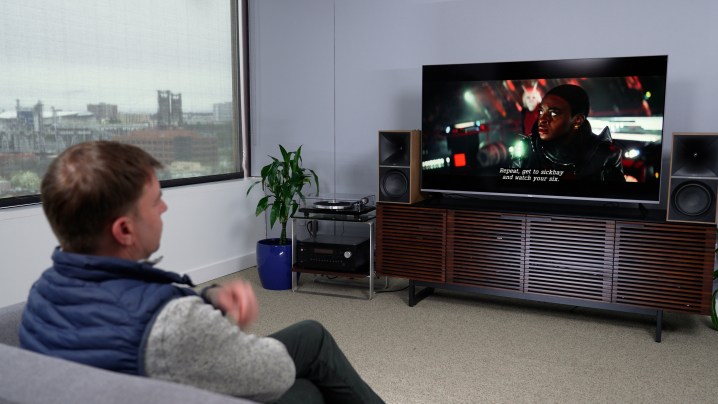
Eventually, we might just have ’90s-style cable TV again, but it’s on the internet.
That sounds like going backward. And going backward is bad, right?
Well, maybe not entirely.
The upside
Have you noticed that there are fewer watercooler moments around TV shows? It used to be everyone was talking about the latest episode of Lost or Game of Thrones. More recently, though, it seems like everyone is watching something different.
Hey, did you see the latest episode of Jack Ryan? Huh? No … is that on Netflix or what? Oh, hey, are you watching The Lincoln Lawyer? Huh? What’s that?
Maybe when there are fewer just absolutely amazing shows, more of us will be watching the same thing at roughly the same time. Maybe we won’t feel like we’re constantly missing out on the next must-see TV hit. Maybe.
And maybe if there’s stiffer competition among fewer competitors, prices will eventually level out a bit. I mean, you can easily exceed the cost of cable TV subscription costs with just a handful of
One can hope. All I know is that the cord-cutting revolution is over, and it looks like we lost. While the Golden Age of TV has been a fun ride, capitalism, being what it is, will almost certainly end it.

